New Elementary Schools
Fremont City Schools

When faced with the need for new elementary schools, Fremont City Schools selected the team of SSOE / Munger for design. The seven existing elementary schools will be demolished and consolidated onto the four existing sites of Atkinson, Croghan, Lutz, and Otis. Each new Pre-K through 5th grade building will be constructed while the existing elementary schools are occupied with classes. The new facilities will be 58,460 SF in size and were designed to meet LEED Silver certification requirements.
Led by SSOE, the four elementary projects have the exact same floor plan, with two of the schools mirrored on their sites to better facilitate parking and bus lanes. The duplication of floor plans provides each student in the district with the same experience, allows staff to transfer from one building to another easily, and provides ease for facility maintenance and First Responders. The designs are focused on student centered learning environments, with first through fifth grades each having their classrooms surrounded by a learning studio. Pre-K and Kindergarten areas are connected with internal doorways to enable team teaching and access within classroom areas. These spaces are sized to accommodate artistic, small group reading, and other early development learning. The studio will be utilized for shared learning, special activities, and house the students’ storage cubbies, freeing the classrooms for dedicated learning spaces.
Another key facility feature is the Learning Commons, positioned on the second level as an open extension of the corridor. This colorful area will provide students various options for learning and includes soft, tiered seating for group discussions or individual study, a teaming area with table top outlets for tablet / device charging, a Makerspace, active movement seating, in addition to books and other learning resources for the students. Services provided by SSOE for this project include project management, programming, architecture, interior design, landscape architecture, and construction administration. During the interviewing process, the SSOE team proposed an accelerated design schedule that allowed construction on the elementary schools to begin a year earlier than originally planned by the district. Construction is currently underway and the new elementary schools will be open for classes for the start of the 2020-2021 school year. This $58 million project is the single largest one-time project in the history of Sandusky County.
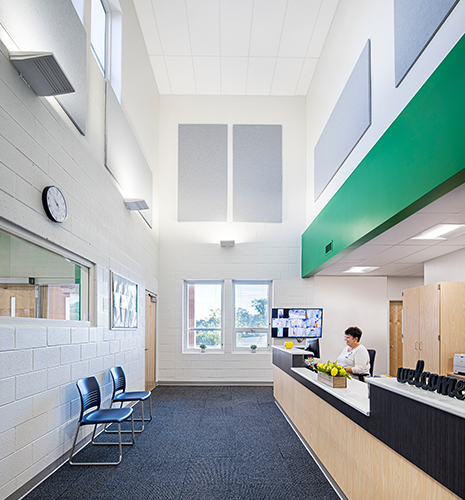
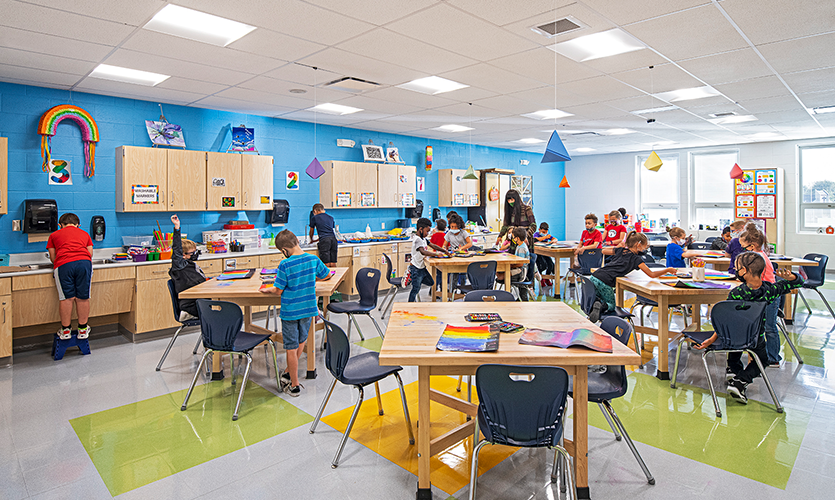
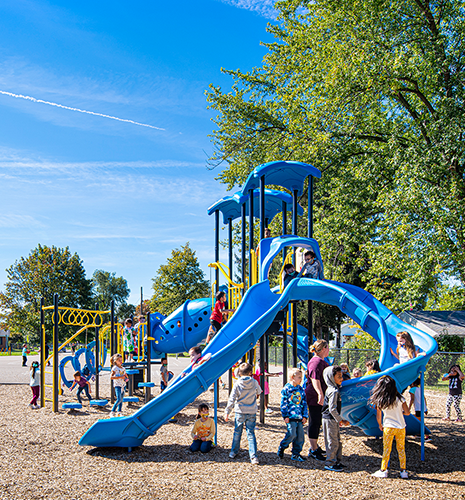
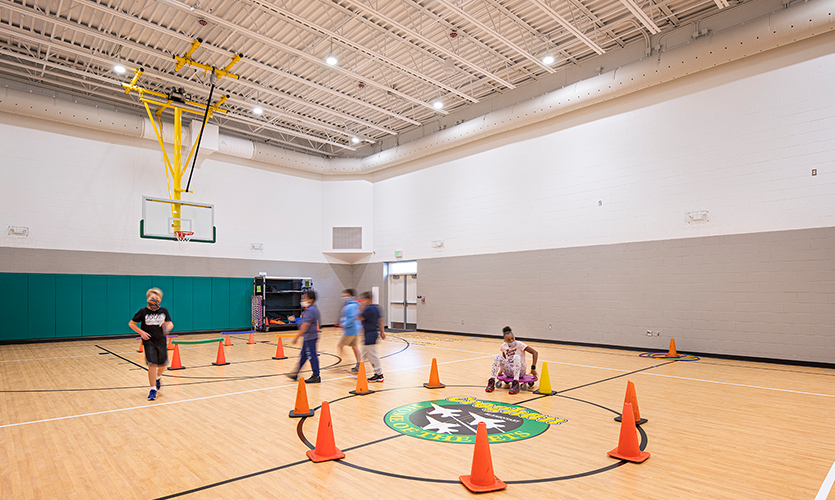

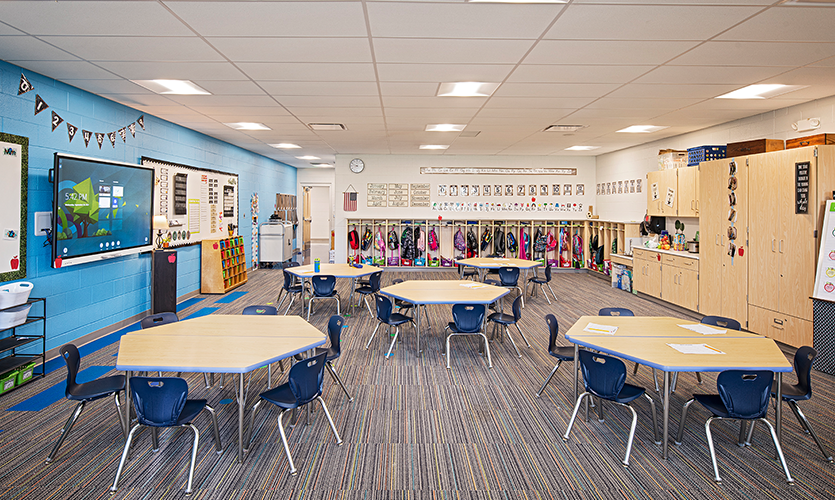
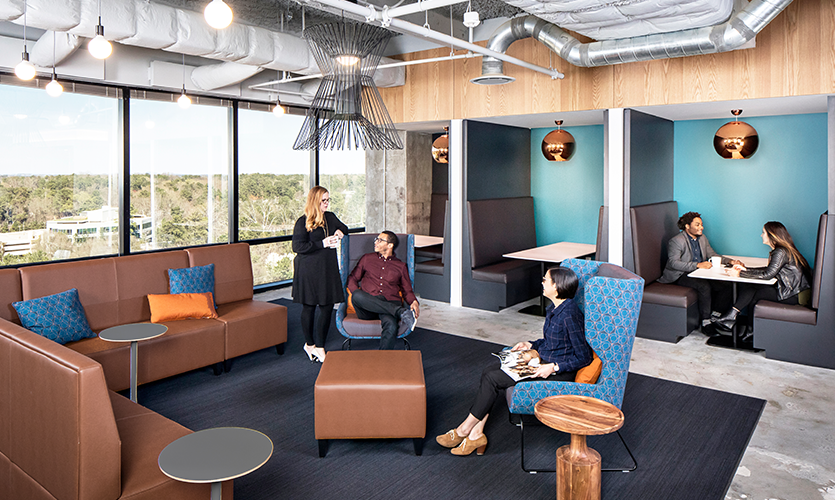
Have a question regarding our services? Need assistance with an upcoming project? Send us an email. We look forward to hearing from you and will follow up soon.
© SSOE GROUP 1948-2025
Legal | Privacy Policy | CA Privacy Policy | Cookie Policy
Website designed and developed by
Raincastle Communications, Inc.

 Districtwide Facility Rebuild
Districtwide Facility RebuildAutodesk Construction Cloud (ACC) is SSOE’s enterprise-wide project delivery platform. We partner with the Autodesk Product team and have research access. Use of the AI Assistant allows our design teams, owners, and general contractors the ability to query the project specifications for quality, answers, and more rapid responses to RFIs, submittals, or issues.
SSOE has developed a proof-of-concept to use an AI Agent to act as a Master Engineer and Architect trained in SSOE’s processes, best-known-methods, and trainings. Our data structure is being remodeled to enable better use of our proprietary knowledge to train the agent on the ‘SSOE way’.
SSOE is actively piloting AI Chat large language models (LLMs) or copilots that use Natural Language Processing (NLP) to streamline both design and development tasks, transforming how our teams interact with software and each other.
By integrating chat LLM engines into platforms like Revit, we’re enabling users to prompt complex actions using simple, conversational commands. In Revit, this means automating tasks such as modeling elements, cleaning up parameter data, managing annotations and dimensions, and organizing sheets—without writing scripts. These automations and quality prompts can be shared across project teams, accelerating workflows and reducing manual effort.
Similarly, our internal Software Development Community is leveraging GitHub Copilot to expedite coding tasks. Developers can generate and refine code using NLP prompts, tapping into GitHub’s extensive Repo to move faster from concept to implementation.
Together, these tools represent a shift from traditional, expert-driven scripting to intuitive, AI-assisted automation, unlocking new levels of efficiency and scalability across our projects.
We helped our client visualize and optimize façade design for occupant comfort—long before breaking ground through the use of the Autodesk Forma tool. It allows the designer to rapidly experiment with the building’s geometry and façade design to promote sustainability, prioritizing quality of spaces and comfort for end uses, especially in extreme climates (daylighting and microclimate analysis tools) at the project’s exact geographic location, using location-specific environmental data.
Discover how SSOE is using Autodesk Forma to improve sustainability outcomes for industrial projects: SSOE Group: Improving sustainability outcomes for industrial projects with Autodesk Forma.
SSOE is utilizing Microsoft Copilot Edge and M365 to significantly enhance work efficiency and accuracy across various departments. Copilot is accessible to all staff after training. Key areas of application include using it as a writing assistant, for idea generation, document summarization and generation, research assistant, excel assistant, programming code assistant, language translations, product comparison and data analysis. Use of Copilot has become part of the everyday life of SSOE employees who have identified key ways it can help them become more efficient with their daily tasks as well as more accurate in their deliverables.
Today, 100% of SSOE employees have taken the voluntary training and have access to Copilot Edge, achieving early our October 1, 2025 goal.
We found ourselves in need of a more robust tool to enhance resource forecasting and staff assignment capabilities. Instead of waiting for the perfect tool, we’re building it. SSOE’s in-house technology team has developed and piloted a tool that aims to forecast optimal staff mix and duration for new projects against existing workload to better understand capacity and manage resources efficiently. Additionally, the tool will allow teams to identify gaps to optimal staff mix.